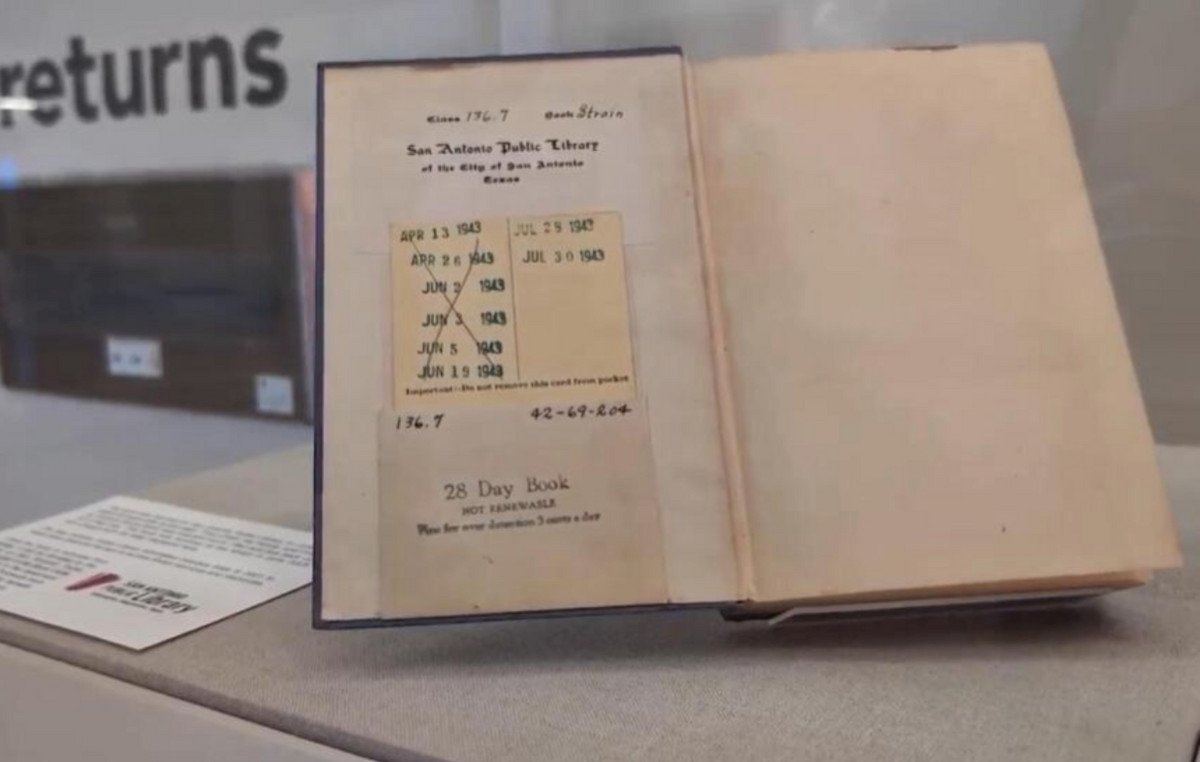- The US PCE price index remained stable in September, as did the underlying measure.
- US jobless claims fell to 216,000 in the week of October 25.
- Retail sales in Australia grew slightly below expectations in September.
AUD/USD fell 0.45% to 0.6545 in Thursday’s session, remaining near an 11-week low of 0.6540 ahead of US Non-Farm Payrolls data on Friday. This drop comes after the recent rise in US inflation and mid-level economic data.
Additionally, retail sales in Australia grew marginally in September, falling below expectations, which appears to be weighing on the Australian dollar.
Daily Market Summary: Australian Dollar Falls Amid Weaken Economy, Stable USD
- On the Australian front, somewhat weak retail sales in September are causing investors to dump the AUD as it could prompt a more dovish stance from the Reserve Bank of Australia.
- On the other hand, market expectations for the upcoming Federal Open Market Committee (FOMC) meeting next week currently suggest a 25 basis point rate cut, influenced by recent economic indicators.
- A key focus for investors will be NFP data for October, with forecasts indicating 113,000 new jobs were added, a notable drop from 254,000 in September.
- The latest US jobless claims report showed a decline to 216,000 for the week of October 25, contradicting predictions of an increase to 230,000, underscoring the continued resilience of the labor market.
- The core PCE price index, closely monitored by the Federal Reserve, remained stable at 2.7% in September, despite projections of a decline to 2.6%.
- Additionally, the overall PCE price index grew 2.1% annually in September, slightly below the 2.2% in August and the anticipated 2.2%.
AUD/USD Technical Outlook: Pair remains bearish, indicators oversold
The daily Relative Strength Index (RSI) is currently at 30, which is in the oversold area. The slope of the RSI is declining sharply, suggesting that selling pressure is increasing. The MACD is flat and in the red, indicating that the selling pressure is flat. Both suggest that selling pressure may have overextended and that consolidation is on the way.
The Australian Dollar FAQs
One of the most important factors for the Australian Dollar (AUD) is the level of interest rates set by the Reserve Bank of Australia (RBA). As Australia is a resource-rich country, another key factor is the price of its largest export, iron ore. The health of the Chinese economy, its largest trading partner, is a factor, as is inflation in Australia, its growth rate and the Balance of Trade. Market sentiment, that is, whether investors bet on riskier assets (risk-on) or seek safe havens (risk-off), is also a factor, with the risk-on being positive for the AUD.
The Reserve Bank of Australia (RBA) influences the Australian Dollar (AUD) by setting the level of interest rates that Australian banks can lend to each other. This influences the level of interest rates in the economy as a whole. The RBA’s main objective is to maintain a stable inflation rate of 2%-3% by adjusting interest rates up or down. Relatively high interest rates compared to other major central banks support the AUD, and the opposite for relatively low ones. The RBA can also use quantitative easing and tightening to influence credit conditions, with the former being negative for the AUD and the latter being positive for the AUD.
China is Australia’s largest trading partner, so the health of the Chinese economy greatly influences the value of the Australian Dollar (AUD). When the Chinese economy is doing well, it buys more raw materials, goods and services from Australia, which increases demand for the AUD and drives up its value. The opposite occurs when the Chinese economy does not grow as fast as expected. Therefore, positive or negative surprises in Chinese growth data usually have a direct impact on the Australian Dollar.
Iron ore is Australia’s largest export, with $118 billion a year according to 2021 data, with China being its main destination. The iron ore price, therefore, may be a driver of the Australian dollar. Typically, if the price of iron ore rises, the AUD also rises as aggregate demand for the currency increases. The opposite occurs when the price of iron ore falls. Higher iron ore prices also tend to result in a higher likelihood of a positive trade balance for Australia, which is also positive for the AUD.
The trade balance, which is the difference between what a country earns from its exports and what it pays for its imports, is another factor that can influence the value of the Australian dollar. If Australia produces highly sought-after exports, its currency will gain value solely from the excess demand created by foreign buyers wanting to purchase its exports versus what it spends on purchasing imports. Therefore, a positive net trade balance strengthens the AUD, with the opposite effect if the trade balance is negative.
Source: Fx Street
I am Joshua Winder, a senior-level journalist and editor at World Stock Market. I specialize in covering news related to the stock market and economic trends. With more than 8 years of experience in this field, I have become an expert in financial reporting.







